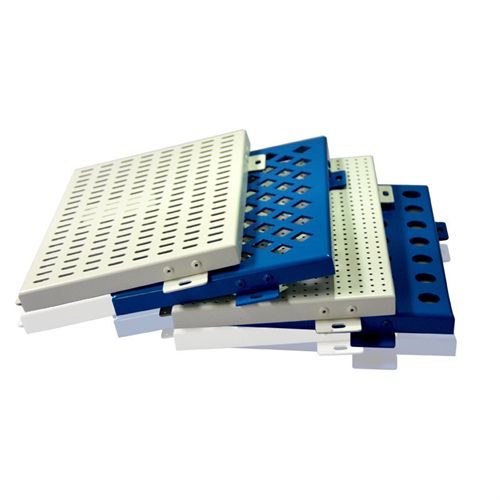

 Frequently asked questions
Frequently asked questions
With the continuous development of the construction industry, aluminum veneer, as a new type of building material, has an increasingly wide range of applications. However, how to correctly install aluminum veneer has become an issue that cannot be ignored. This article will introduce the installation methods of aluminum veneer from four aspects.
Mechanical fixation method is a common installation method for aluminum veneer. The specific method is: first, fix the fixing points on the wall, then align the aluminum veneer with the fixing points on the wall, and use screws to fix the aluminum veneer to the wall. The advantage of this method is that it is easy to install and firmly fixed, but the disadvantage is that it requires drilling, which affects the appearance.
Compared to traditional mechanical fixation methods, a screw free mechanical fixation method has also emerged. This method does not require drilling holes on the aluminum veneer, but instead uses special buckles to fix the aluminum veneer to the wall. The advantage of this method is that it does not affect aesthetics, but the disadvantage is that it has slightly lower relative stability.
Adhesive fixation method is another common installation method for aluminum veneer. The specific method is to apply glue to the wall, then stick the aluminum veneer onto the glue and press it firmly to make it fit tightly. The advantage of this method is that it does not require punching and does not affect the appearance, but the disadvantage is that the fixation is slightly poor and requires the use of high-quality glue.
Hanging fixation method is a relatively special installation method for aluminum veneer. The specific method is to embed suspension components on the wall, and then connect the aluminum veneer to the suspension components to hang them on the wall. The advantage of this method is that it does not require drilling, does not affect aesthetics, and can be easily disassembled and replaced. However, the disadvantage is that it requires high requirements for the suspension components, and factors such as weight and wind pressure need to be considered.
The plug-in fixing method is a relatively novel installation method for aluminum veneer. The specific method is to plug the edges of two aluminum veneers together to form a complete panel. The advantage of this method is that it does not require auxiliary materials such as screws or glue, is easy to install, and can be easily disassembled and replaced. However, the disadvantage is that it requires a high level of craftsmanship and high requirements for the board.
There are many installation methods for aluminum veneer, and the specific choice needs to be comprehensively considered based on the actual situation. No matter which method is used, attention should be paid to the construction quality to ensure safety and reliability, and attention should also be paid to the aesthetic degree, without affecting the overall effect of the building.